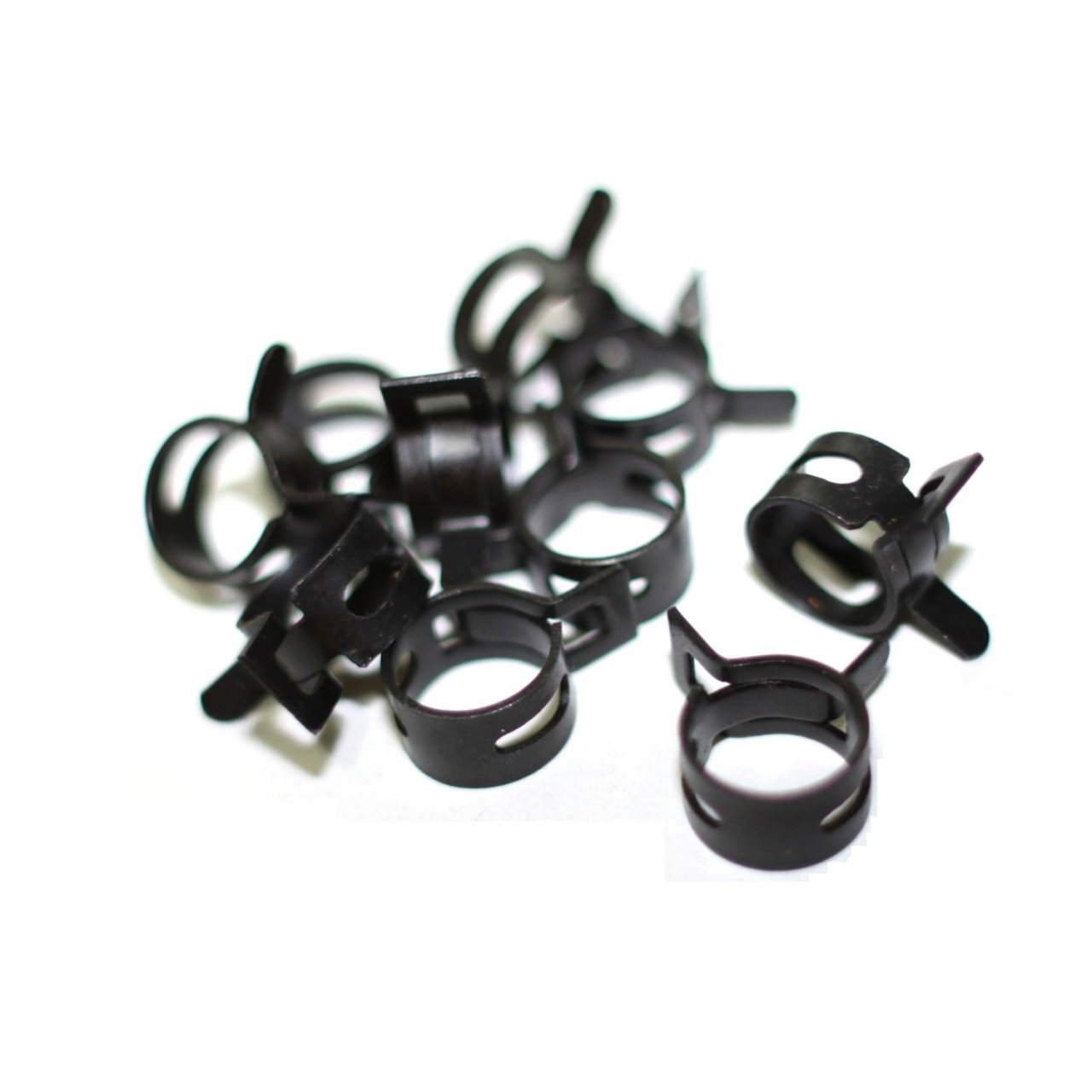How safe are the ceramic top caps over 500V?
Could there be possible arcing from the small gap between the bottom of the cap and top of the tube if it is touched?
Could there be possible arcing from the small gap between the bottom of the cap and top of the tube if it is touched?
Some of those Chinese top caps would worry me. The small ones, for like a 6KD6 will hardly stay on the tube even.
Common alumina ceramic is good for 15KV/mm. Air is more like 3KV/mm, which makes arcing highly unlikely at 500V. The more likely hazard is leakage due to surface crud accumulation, especially in the presence of moisture. I never handle those things until I've verified that no voltage is present!
Some of those Chinese top caps would worry me. The small ones, for like a 6KD6 will hardly stay on the tube even.
seems like you could just use a small tool like a miniature flathead screwdriver to bend the contacts a bit closer
seems like you could just use a small tool like a miniature flathead screwdriver to bend the contacts a bit closer
I've tried that, and the results aren't encouraging. Unfortunately, the typical Chinese ceramic anode connectors are very poorly manufactured. The DIY community needs a reasonable alternative.
seems like you could just use a small tool like a miniature flathead screwdriver to bend the contacts a bit closer
The metal used in these is very soft and deforms readily 🙁
You are concerned about voltage..
My 2a3 are running at 11w, and touching the glass does burn fingers. That should be enough as do-not-touch-reflex thing
My 2a3 are running at 11w, and touching the glass does burn fingers. That should be enough as do-not-touch-reflex thing
The metal used in these is very soft and deforms readily 🙁
Hm.
Get a high-temperature (red) o-ring that will slip around the metal clips?
I've never used a top cap, just spitballing. I don't know a lot about their construction.
Back in the days of vacuum tube TV sets, manufacturers used a simple metal spring like thing to grip the top caps of the horizontal output tube. No protection for wayward fingers, but it was figured only TV serviemen, who knew the hazards, would be in there with the power on (TV sets had interlock power cords that would disengage when the back cover was removed). To protect people from ID10T errors. 🙂
If your amp is enclosed, then you could use these clips. I never much liked the current fashion of having tubes exposed when the amps are in consumer use.
If your amp is enclosed, then you could use these clips. I never much liked the current fashion of having tubes exposed when the amps are in consumer use.
Thank you all,
After much thought, I think I found a way to keep the top cap cover secure without harming the anode caps...many come off easily. If it works this will not allow the cap cover to be removed unless intentionally. I have been researching materials with a high dielectric strength and heat resistance. I will post a pic if it is successful.
After much thought, I think I found a way to keep the top cap cover secure without harming the anode caps...many come off easily. If it works this will not allow the cap cover to be removed unless intentionally. I have been researching materials with a high dielectric strength and heat resistance. I will post a pic if it is successful.
- Status
- Not open for further replies.
- Home
- Design & Build
- Parts
- How Safe are Ceramic Top Caps?
